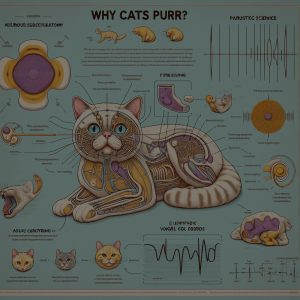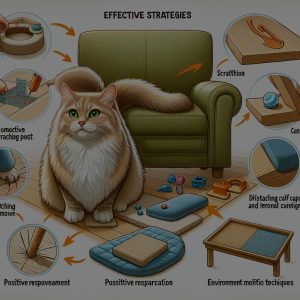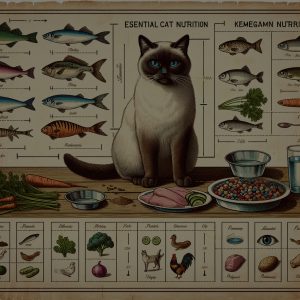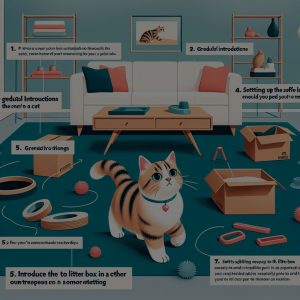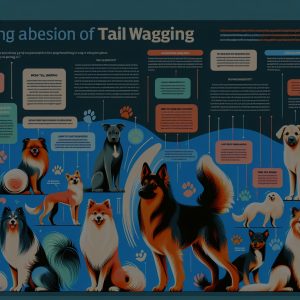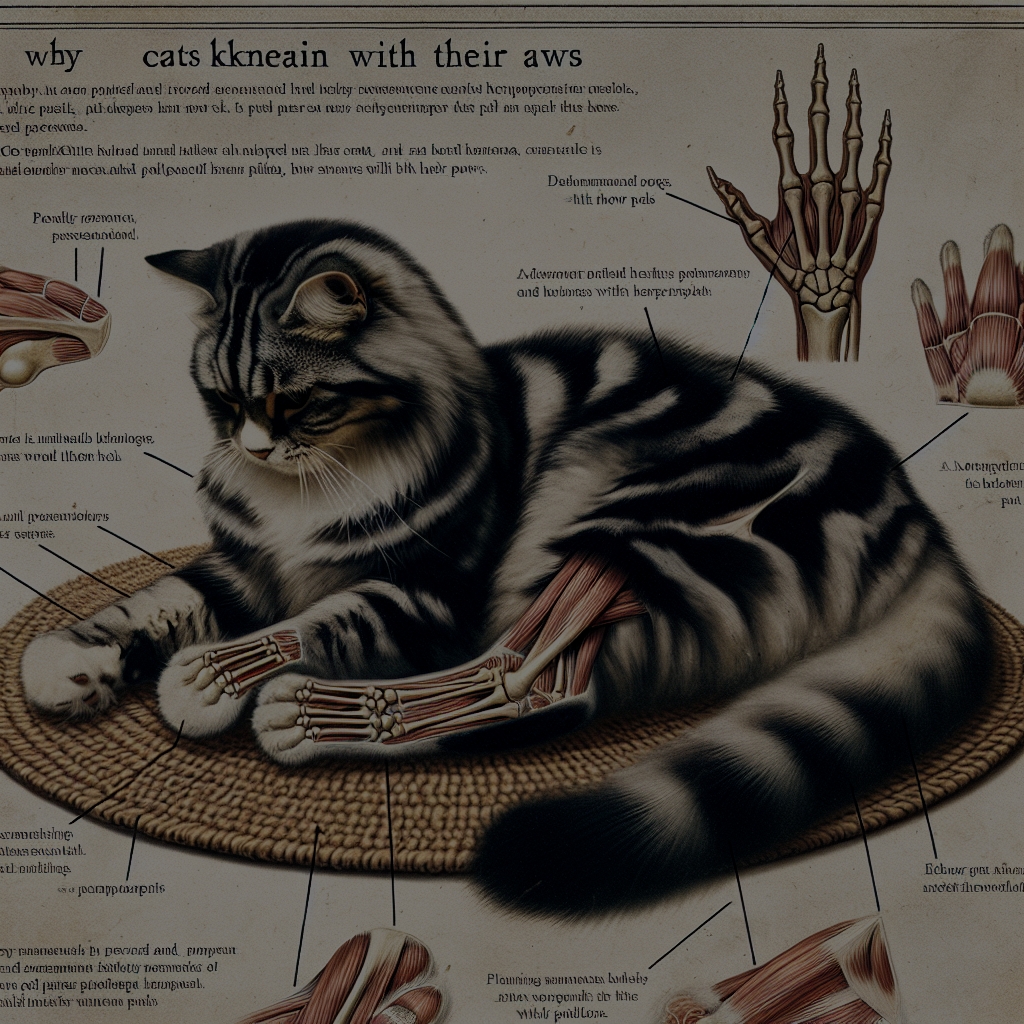
Cats are enigmatic creatures, often displaying behaviors that leave us puzzled and intrigued. One particularly endearing but mystifying action is kneading, where cats rhythmically push their paws in and out against a soft surface. This behavior, often accompanied by purring, can be perplexing to cat owners. Understanding why your cat kneads with its paws requires delving into the science, historical origins, psychological reasons, and the effects on cat-owner interactions.
The Science Behind Cat Kneading Behavior
Kneading, also known as "making biscuits," is a common feline behavior that can be traced back to early developmental stages. From a scientific perspective, kneading is believed to be an instinctive action that kittens perform while nursing. The rhythmic motion stimulates milk flow from the mother and provides a sense of comfort and security to the young kittens. This behavior often persists into adulthood as a residual action linked to those early, formative experiences.
Neurologically, kneading can be explained by the activation of certain neural pathways associated with pleasure and relaxation. When cats knead, it triggers the release of endorphins, leading to a state of contentment. This is why you might notice your cat purring and appearing blissful while engaging in this behavior. The repetitive motion of kneading activates sensory and motor pathways in the brain, reinforcing the pleasurable sensations linked to the activity.
Biologically, the action of kneading can also be linked to territory marking. Cats have scent glands located in their paws, and when they press their paws into a surface, they release pheromones. These chemical signals are a way of marking territory, communicating a sense of ownership, and establishing a familiar and secure environment. This multifaceted behavior serves various purposes, from self-soothing to communication.
Historical Origins of Feline Kneading
The historical origins of feline kneading are deeply rooted in the behavior of wild cat ancestors. In the wild, cats would knead to create a soft and comfortable resting area. This action helped them flatten grass or leaves to make a cozy sleeping spot or a safe place for giving birth. This nesting behavior ensured a secure and hidden environment, essential for the survival of their young.
Moreover, kneading has been observed in various big cat species, such as lions and tigers, suggesting that this behavior transcends domestic cats and has evolutionary significance. This commonality across different feline species indicates that kneading is an inherited trait passed down through generations. It reveals how domestic cats retain certain wild instincts even in a controlled, home environment.
Historically, kneading may also have played a role in social bonding and group dynamics among wild cats. By kneading alongside their littermates and mother, kittens would strengthen familial bonds and establish a social hierarchy. This social aspect of kneading may explain why domestic cats often knead when they are in close physical proximity to their human companions, seeking to replicate that sense of connection and belonging.
Psychological Reasons Cats Knead
Psychologically, kneading serves as a self-soothing mechanism for cats. Similar to how humans might use repetitive actions to calm themselves, cats knead to alleviate stress and anxiety. The familiar and rhythmic motion provides a comforting sensation, akin to the way a child might cling to a favorite blanket or stuffed animal. This behavior can be especially pronounced in cats that experience changes in their environment or disruptions in their routine.
Kneading can also be an expression of affection and trust. When a cat kneads on its owner, it indicates a high level of comfort and security. This action is often accompanied by purring, another sign of contentment. By kneading, cats demonstrate their attachment to their owners, creating a physical and emotional bond. This behavior is a testament to the deep connection between cats and their human caregivers.
Additionally, kneading may serve as a form of relaxation. Just as yoga or meditation can help humans unwind, kneading allows cats to enter a state of relaxation and mindfulness. The repetitive motion helps them focus and decompress, providing a mental and emotional break from the stimuli of their surroundings. This psychological aspect of kneading highlights its importance in maintaining a cat’s overall well-being.
How Kneading Affects Cat-Owner Interactions
Kneading significantly impacts the dynamics between cats and their owners, often enhancing the bond they share. When a cat kneads on a human, it is a sign of trust and affection. This behavior can create a sense of emotional fulfillment for the owner, knowing that their pet feels safe and content in their presence. It reinforces the reciprocal nature of the human-animal relationship, where both parties derive comfort and companionship.
For some owners, however, kneading can be a mixed blessing. The act can sometimes be accompanied by the cat’s claws extending, which can lead to discomfort or even minor injuries. Understanding the underlying reasons for kneading can help owners manage this behavior more effectively. Providing a soft blanket or pillow can mitigate the discomfort while still allowing the cat to engage in this instinctive action.
Kneading also provides opportunities for owners to strengthen their bond with their cats through positive reinforcement. Responding to kneading with gentle petting, soothing words, and even treats can reinforce the cat’s sense of security and affection. This positive feedback loop enhances the emotional connection and trust between the cat and the owner, fostering a harmonious and loving relationship.
Understanding why your cat kneads with its paws involves a blend of scientific, historical, and psychological insights. This intriguing behavior, rooted in early developmental stages and wild instincts, serves multiple functions ranging from self-soothing to social bonding. For cat owners, recognizing the significance of kneading can enhance their relationship with their feline companions, creating a deeper sense of connection and mutual affection. By appreciating the complexities behind this simple action, one can better cater to the emotional and physical needs of their treasured pets.

